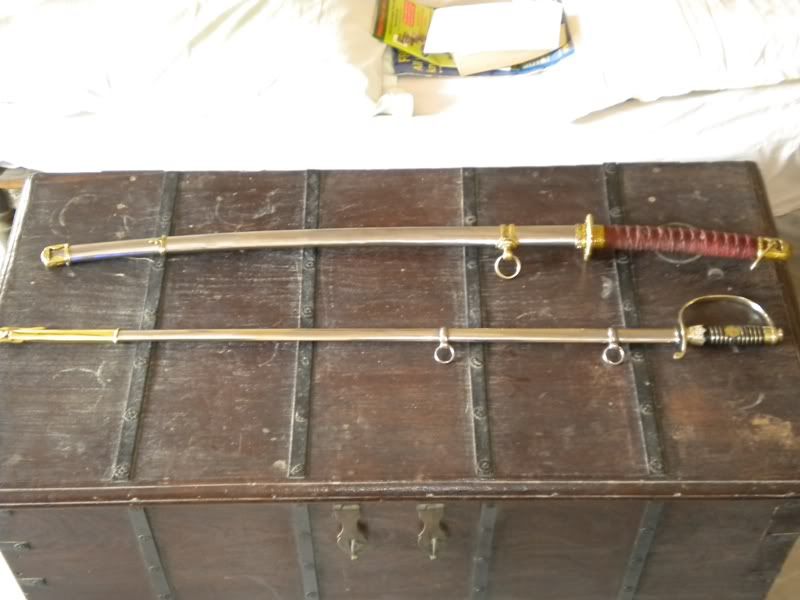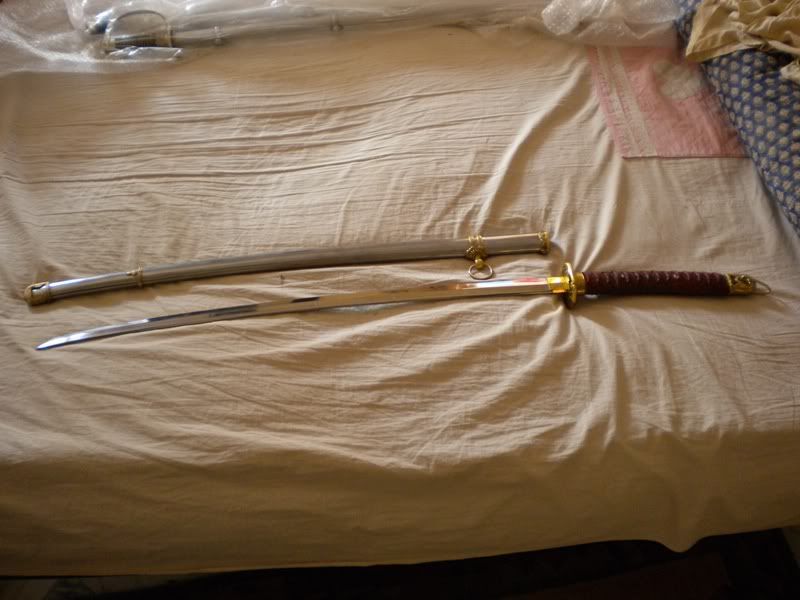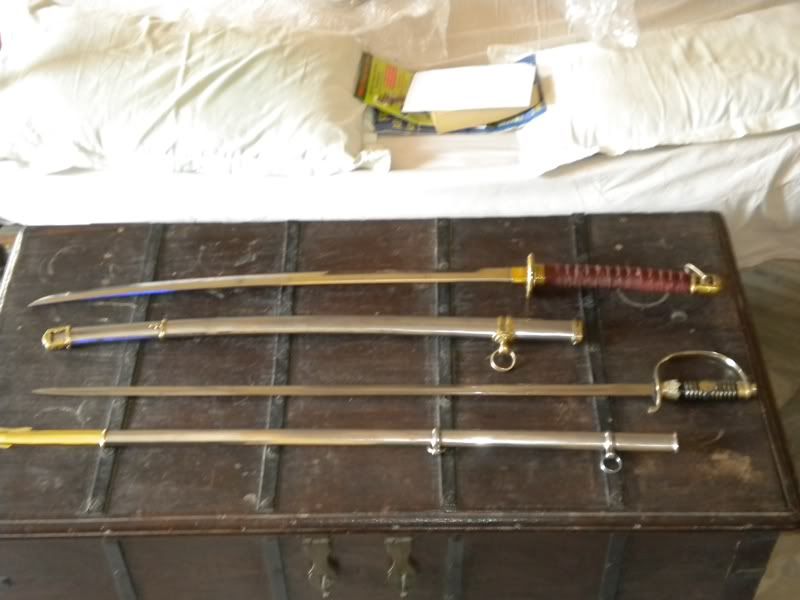Shooter,
Pleasure to reply to your posts once again! Been a long time.
Thanks katanaji, i have written quite a few posts (esp ones that i really urged a lot of people to read; please read my save the tiger one and do the needful) and i am glad you like them. Lot of times they dont get many views and dont stay in the top 10 section so maybe you miss them.
However, let us not decieve ourselves in thinking that they were of inferior craftsmanship. Even after 65 years of the Jap surrender, these blades could just slice a man in two!
In olden days good steel was a rarity, not today. I was saddened to learn that a good quality suspension leaf spring today is at par with the best and better than most good quality steel used in old swords.
But katanaji, where do you get the hammon of the katana, the jhawar /jauhar of the tulwar?
According to old texts: how to test the quality of a good blade? But it in grass and an animal should come and try to 'mouth it mistaking it to be water.
Well good katanas were GOOD so i cant say.Just about any Rajput household would have swords, believe me, even today. They are revered and worshipped almost on a daily basis. Gain the trust of a Rajput friend and the treasure will come tumbling out! There are a thousand and one types of steel for various purposes and of varying craftmanship. However, I can't justify where a katana would fit in here. But after years for seeing swords I can just say that the art of sword making peaked in India itself. The Perso-Mughals just refined it. The Japanese and European/ Western edged arms are not a patch on what was made here. The sad part is that there are few patrons of this art and the new generation of swordsmiths would be hard pressed to join their peers.
Finally katana ji maybe you would like to read my following post:
http://www.indiansforguns.com/viewtopic.php?f=20&t=4185
also pasting the following from another post of mine. hope you like it.
indian swords:
rigveds mentions the use of asi. Lord rama in ramayana was considered a good swordsman. Chanakya in his writings divides swords into 3 types:
Nistrimsah
mandalagr
asiyashti
Most historians agree that the original indian sword had a leaf shaped blade; far removed from the famed tulwar or even any sword seen anywhere today.
Alexander brought the roman swords (ala gladiator) to india but they remained popular in todays pakistan and afghanistan.
The khanda and the tegha appear in the first century ad. please note that a khanda is not pointed sharply.
due to limited works on arms, (taxilla was burned down) our knowledge remains sketchy for the next millenia.
but we do know that the swords juggled between the short broad type to slender pointy or curved type depending on geography, timescale kingdoms.
in 12-13 cent we have the following types:
khadug
tegh
lohatti
vaddhali
dodhara
niraasi
patta
katti
gupti














